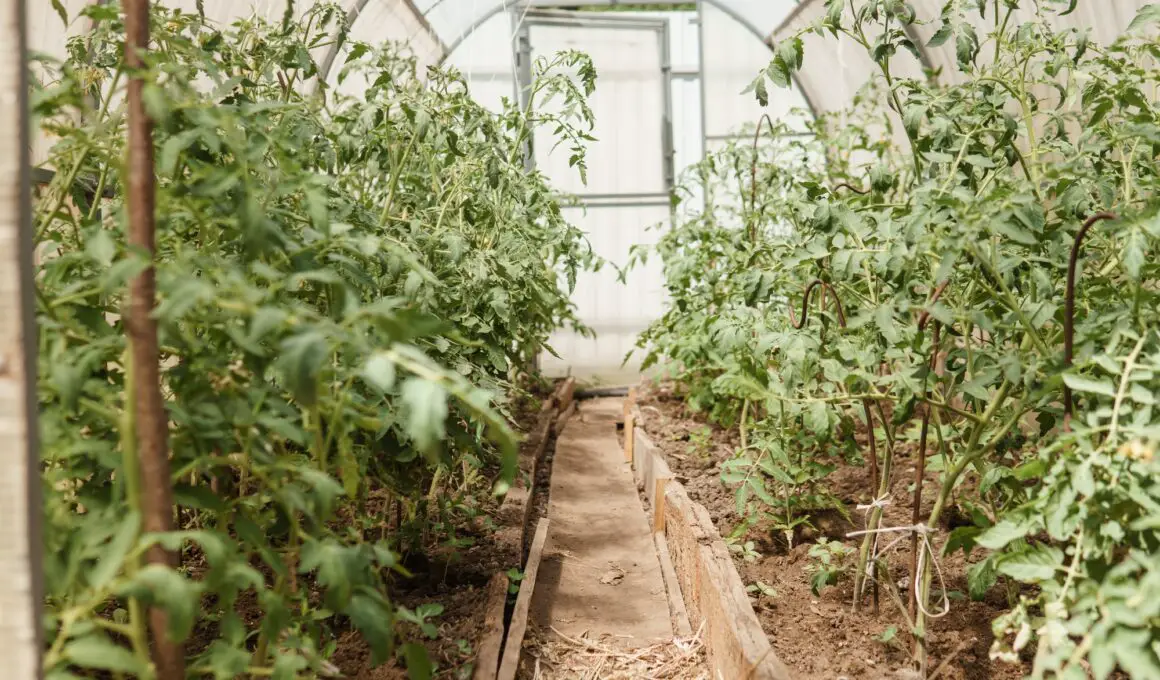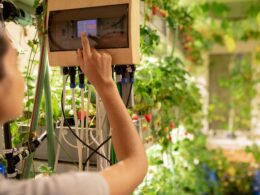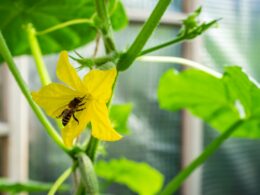In This Article Show
As the temperatures drop and frost blankets our outdoor plots, the notion of harvesting fresh veggies might seem like a distant dream. But fear not! With the power of greenhouse gardening, you can extend your growing season well into the winter months.
In this guide, we’ll explore the ins and outs of growing vegetables in your greenhouse during winter. Whether you’re a seasoned pro or just dipping your toes into the gardening world, this article will equip you with practical tips and advice to make the most of your winter harvest.
So, if you’re ready to unlock the secrets of winter greenhouse gardening and enjoy a bounty of fresh produce year-round, let’s dive in together!
Can You Grow Vegetables In A Greenhouse During Winter?
Yes, you can grow vegetables in a greenhouse during winter. By providing a controlled environment, greenhouse gardening extends the growing season, protects plants from harsh weather, and yields higher-quality produce, enhancing sustainability and self-sufficiency.
Benefits of Growing Vegetables in a Greenhouse During Winter

Extended Growing Season
With a greenhouse, you can defy the limitations imposed by Mother Nature’s cold embrace. By providing a controlled environment, you can start planting earlier in the season and continue harvesting long after your outdoor garden has succumbed to frost.
Protection from Harsh Weather Conditions
Winter can be brutal, with freezing temperatures, strong winds, and heavy snowfall wreaking havoc on outdoor crops. However, within the sheltered confines of a greenhouse, your plants are shielded from these adverse conditions, allowing them to flourish undisturbed.
Get Gardening For Beginners
Our new EBOOK shows newcomers and green thumbs alike a step by step guide to growing the garden of their dreams.
Higher Yield and Quality Produce
The controlled environment of a greenhouse enables you to optimize growing conditions, including temperature, humidity, and light levels. This optimal environment promotes faster growth and healthier plants, resulting in higher yields and superior-quality produce compared to outdoor cultivation.
Sustainability and Self-Sufficiency
By growing your vegetables in a greenhouse during winter, you reduce reliance on store-bought produce that may have been shipped from distant locations. Additionally, greenhouse gardening empowers you to adopt sustainable practices, such as composting and water conservation, contributing to a more eco-friendly lifestyle and enhancing self-sufficiency.
Choosing the Right Vegetables for Winter Greenhouse Gardening
Cold-Hardy Vegetable Varieties
Opt for vegetables that can withstand low temperatures and frost, such as kale, spinach, lettuce, carrots, beets, radishes, broccoli, cabbage, Brussels sprouts, and herbs like parsley and chives. These cold-hardy varieties are resilient enough to thrive in the cooler temperatures of a winter greenhouse.
Consideration of Light Requirements
While natural light is limited during winter, it’s essential to choose vegetables that can adapt to lower light levels or supplement with artificial lighting if necessary.
Leafy greens and root vegetables generally require less light than fruiting crops like tomatoes or peppers, making them better suited for winter greenhouse gardening.
Space Utilization and Crop Rotation
Maximize your greenhouse space by planning your vegetable layout strategically. Consider vertical gardening techniques or using raised beds to make the most of limited space.
Additionally, practice crop rotation to prevent soil depletion and minimize the risk of pests and diseases. Rotate between different vegetable families to maintain soil health and optimize yields year after year.
Get Gardening For Beginners
Our new EBOOK shows newcomers and green thumbs alike a step by step guide to growing the garden of their dreams.
Setting Up Your Winter Greenhouse
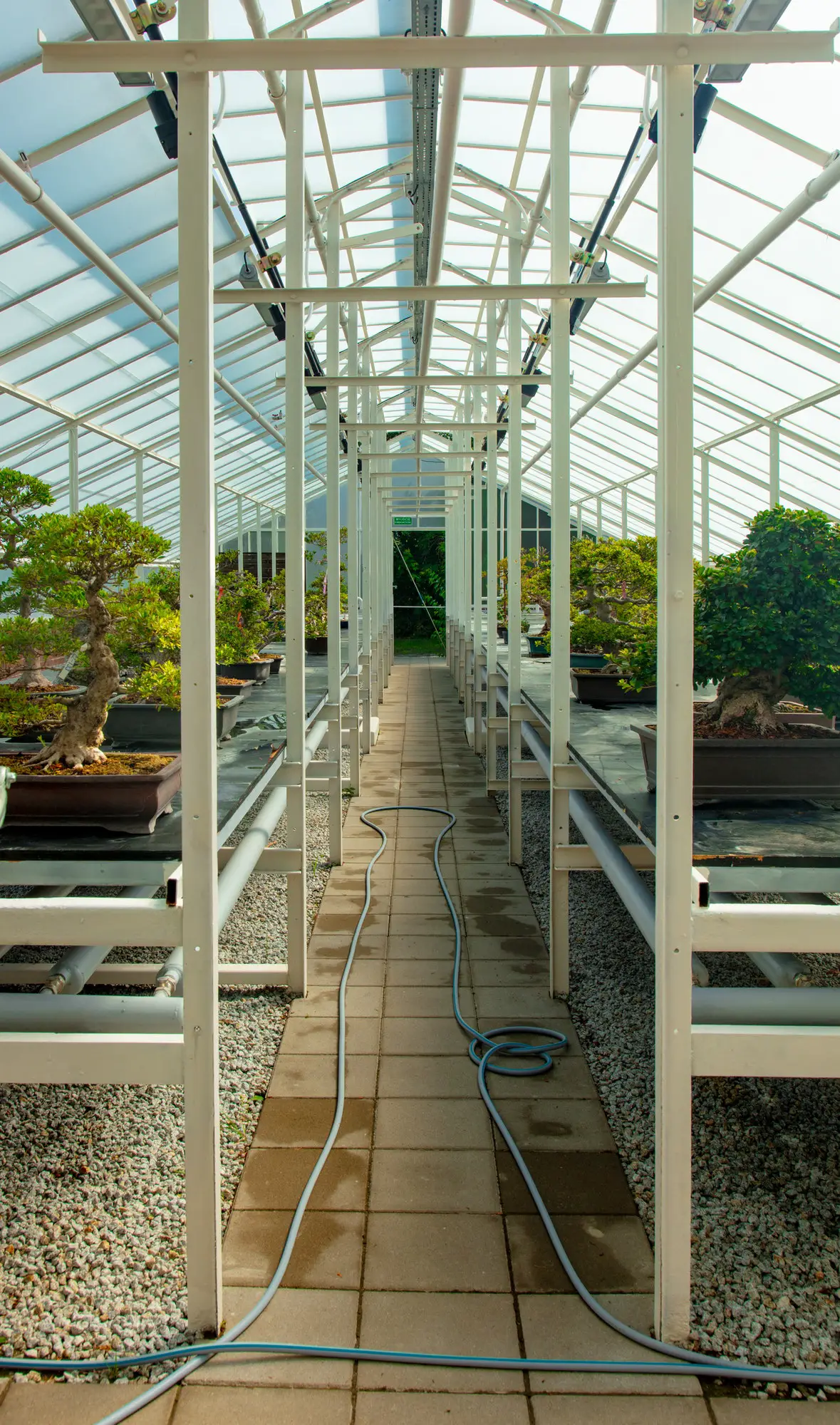
Climate Control Mechanisms
Invest in climate control systems such as thermostats, heaters, and cooling fans to maintain optimal growing conditions inside the greenhouse. These mechanisms help regulate temperature fluctuations and ensure a stable environment for your plants, especially during extreme weather conditions.
Proper Insulation and Heating
Insulate your greenhouse walls and roof to retain heat and prevent heat loss during cold winter nights. Consider using double-layered polyethylene film or insulated panels to improve thermal efficiency. Supplement insulation with heating sources such as propane or electric heaters, heat mats, or radiant heating systems to keep temperatures within the desired range for your crops.
Ventilation and Humidity Regulation
Proper ventilation is crucial for preventing excess moisture buildup and maintaining good air circulation inside the greenhouse. Install vents, louvers, or automatic vent openers to allow fresh air and humid air to escape as needed.
Use fans to promote air movement and prevent stagnant conditions that can lead to fungal diseases. Monitor humidity levels and use dehumidifiers or misting systems to regulate moisture levels as required.
Soil Preparation and Container Gardening
Prepare the soil in advance by amending it with organic matter, such as compost or aged manure, to improve fertility and drainage. Consider using raised beds or container gardening for easier management and better control over soil conditions.
Use high-quality potting mix or soilless growing media tailored to the specific needs of your crops. Ensure adequate drainage to prevent waterlogging, which can lead to root rot and other moisture-related issues.
Best Practices for Winter Greenhouse Gardening
Monitoring Temperature and Light Levels
Use thermometers and light meters to regularly monitor temperature and light levels inside your greenhouse. Adjust heating and lighting systems as needed to maintain optimal crop growing conditions. Pay attention to temperature fluctuations and seasonal changes in daylight hours to ensure consistent growth throughout the winter months.
Watering and Fertilizing Routines
Establish a regular watering schedule based on the moisture needs of your plants and the environmental conditions inside the greenhouse. Avoid overwatering, as excessive moisture can lead to root rot and other fungal diseases.
Use a balanced fertilizer to provide essential nutrients to your crops, but be mindful of the dosage and frequency to prevent nutrient imbalances or fertilizer burn.
Pest and Disease Management
Keep a close eye on your plants for signs of pest infestations or disease symptoms. Implement preventive measures such as crop rotation, companion planting, and physical barriers to minimize the risk of pest and disease outbreaks.
Consider using organic pesticides or biological controls as a last resort if natural remedies fail to control pest populations effectively.
Regular Maintenance and Cleaning
Maintain a clean and organized greenhouse environment to reduce the risk of pest and disease problems. Remove fallen leaves, weeds, and plant debris promptly to eliminate potential hiding places for pests and pathogens. Clean and sanitize gardening tools, containers, and surfaces regularly to prevent cross-contamination.
Inspect greenhouse structures and equipment for any signs of wear or damage, and address maintenance issues promptly to ensure the continued functionality and efficiency of your winter gardening setup.
Harvesting and Enjoying Your Winter Greenhouse Produce
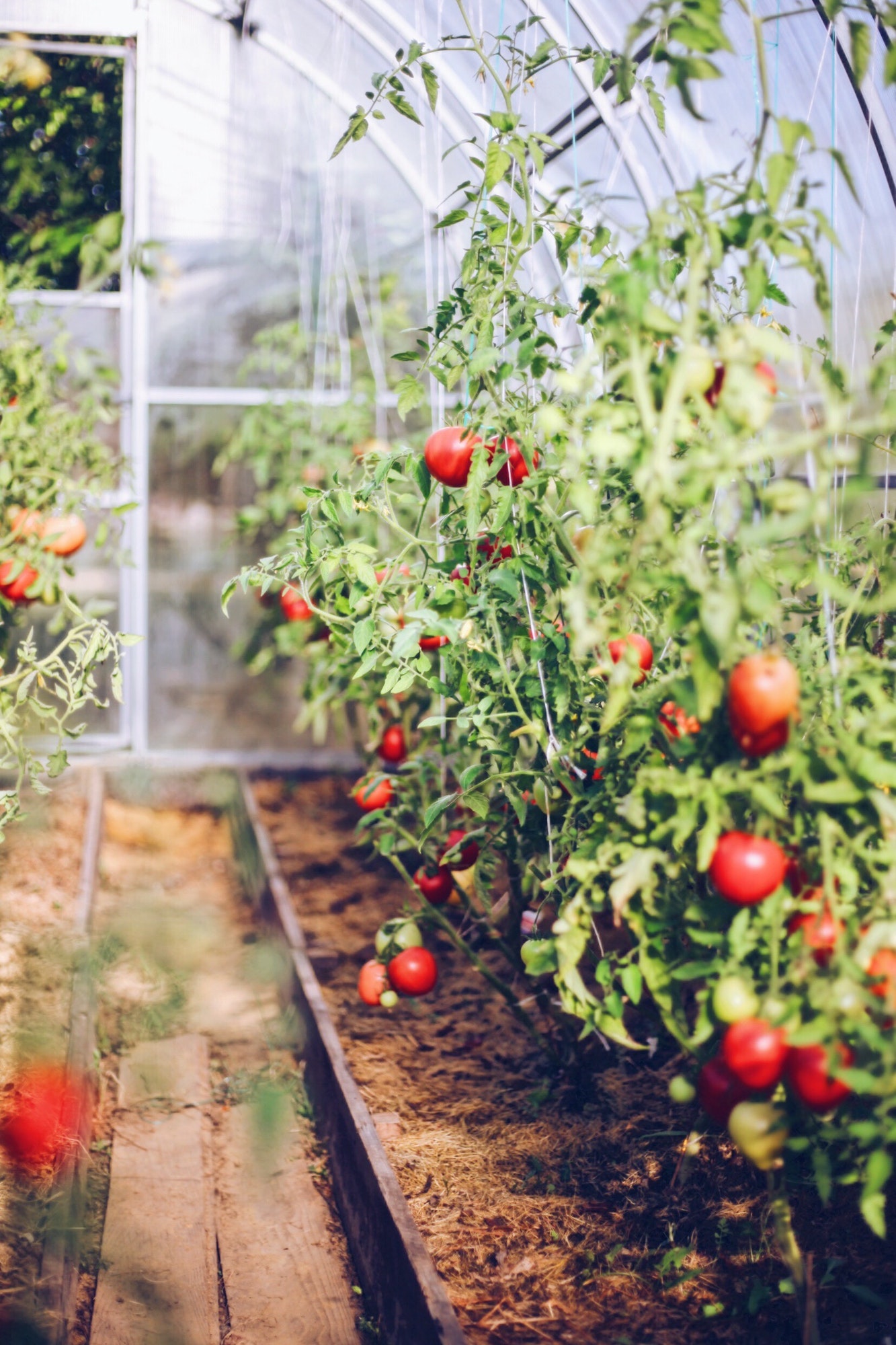
Knowing When to Harvest
Familiarize yourself with the maturity indicators for each vegetable variety you’re growing in your winter greenhouse. Harvest leafy greens when they reach their desired size and before they bolt. For root vegetables, wait until they reach full size and coloration.
Harvest brassicas before they become over-mature and lose their tenderness. Use guides and resources specific to each crop to determine the optimal harvest time and maximize flavor and nutritional content.
Proper Storage and Preservation Techniques
After harvesting, handle your produce with care to preserve its quality and freshness. Store leafy greens and herbs in sealed bags or containers in the refrigerator to maintain crispness. Root vegetables can be stored in a cool, dark place with good ventilation, such as a root cellar or pantry.
Consider preserving excess harvest through methods like freezing, pickling, or canning to enjoy your homegrown produce year-round. Follow proper preservation techniques and safety guidelines to ensure food safety and longevity.





